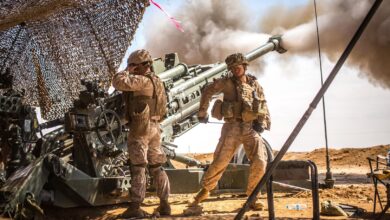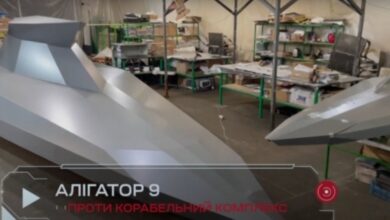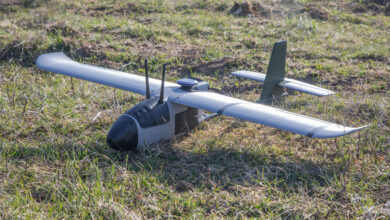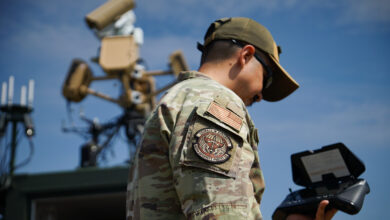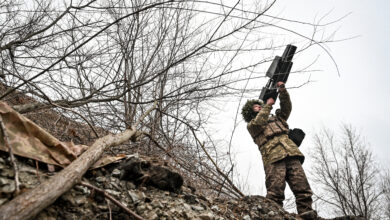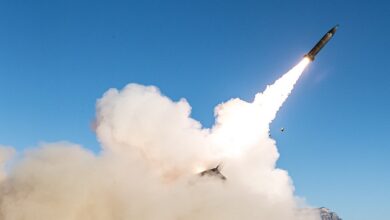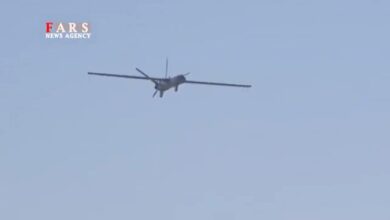Northrop Battle Command System Demonstrates Missile Interception
Northrop Grumman’s Integrated Battle Command System (IBCS) helped intercept ballistic and cruise missile targets during the Initial Operational Test and Evaluation conducted by the US Army.
The system’s “open, modular, and scalable architecture” integrates air and missile sensors with available weapon systems, enabling better firing solutions than current single sensor fire units.
Missile Interception
The system enabled the army to intercept a “high-performance, high-speed tactical ballistic missile target” with the help of Northrop’s Joint Tactical Ground Station (JTAGS) during its first flight test. The JTAGS uses space-based sensors to alert the system of a missile launch.
Using data provided by JTAG, the IBCS established a track of the target, leading to its detection by ground-based sensors.
In the second flight test, the system “defeated” two cruise missile targets in a “stressing electronic attack environment,” Northrop said. The IBCS tracked the target continuously using “fused” data from multiple sensors degraded due to the electronic attack.
To Be Delivered by 2026
Northrop Grumman vice president and general manager Christine Harbison said, “We continue to demonstrate our architecture’s power to leverage information from every domain, delivering unprecedented situational awareness and increased time and options to warfighters.”
“IBCS’s maturity and ability to connect legacy systems significantly helps to expand their mission capability.”
The company is contracted to develop and deliver up to 160 IBCS units to the army by 2026.



